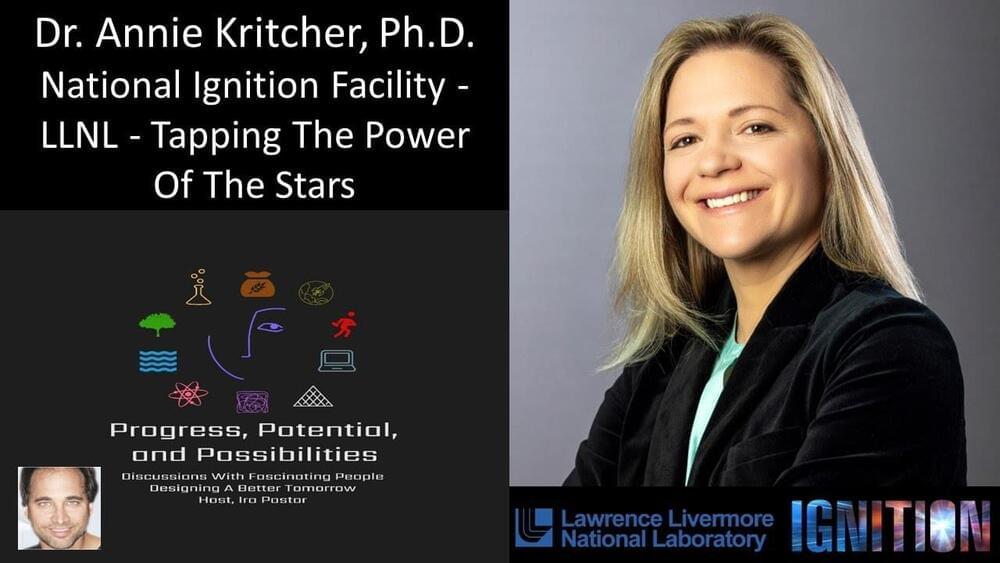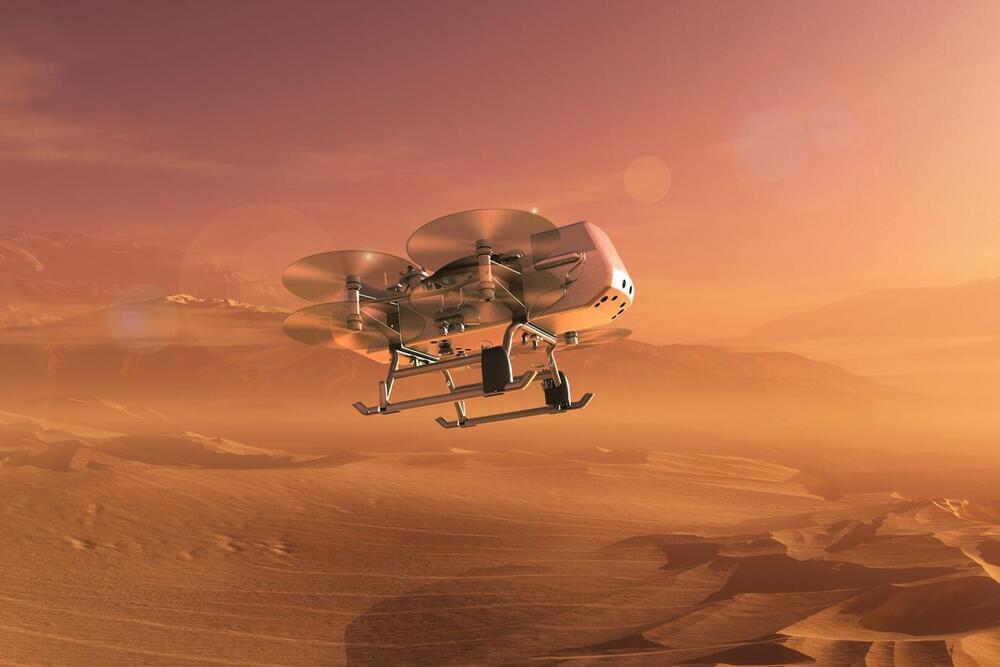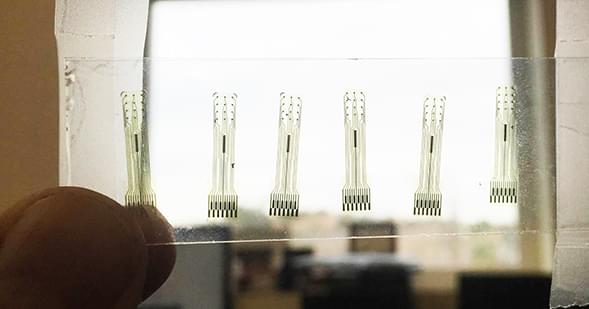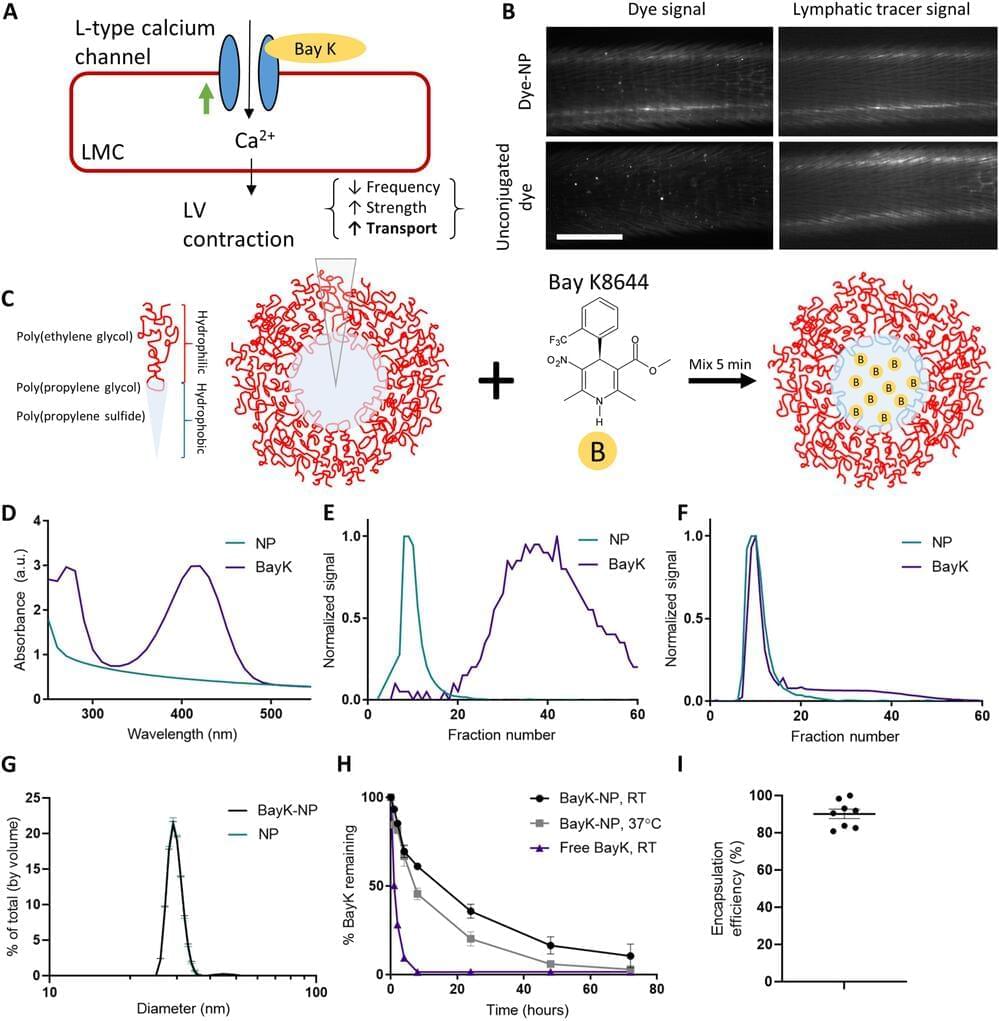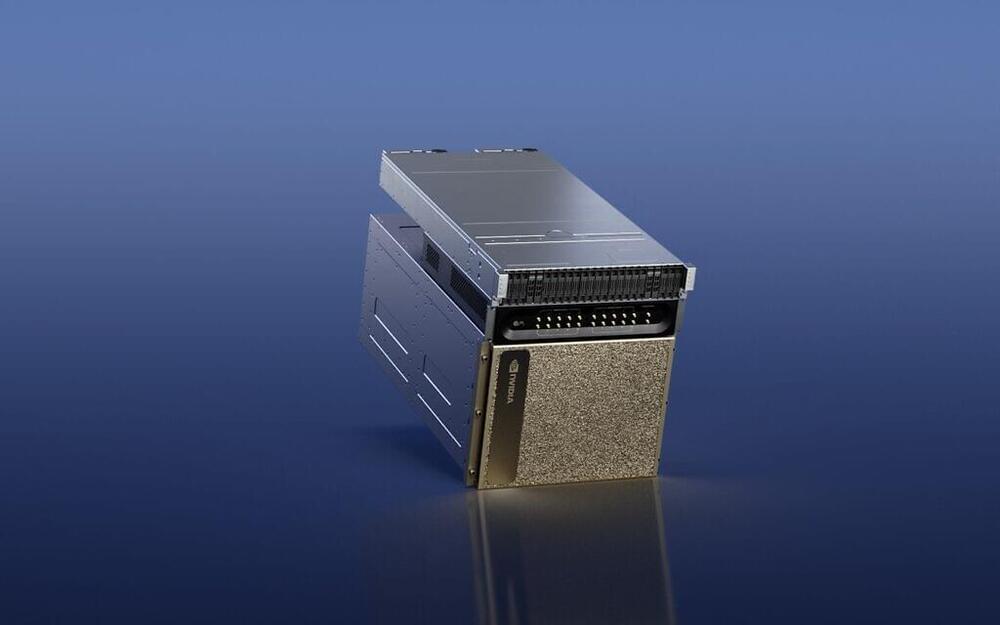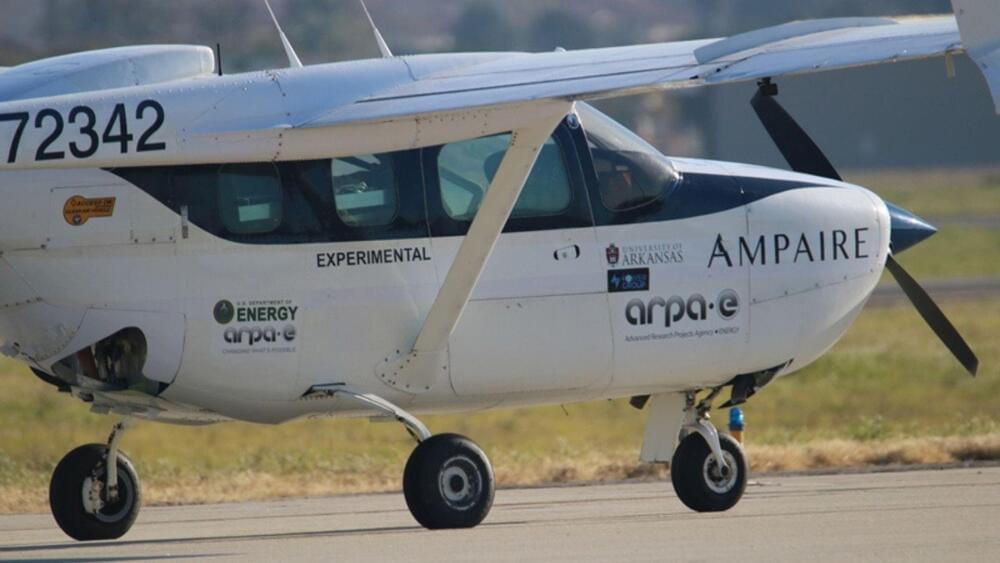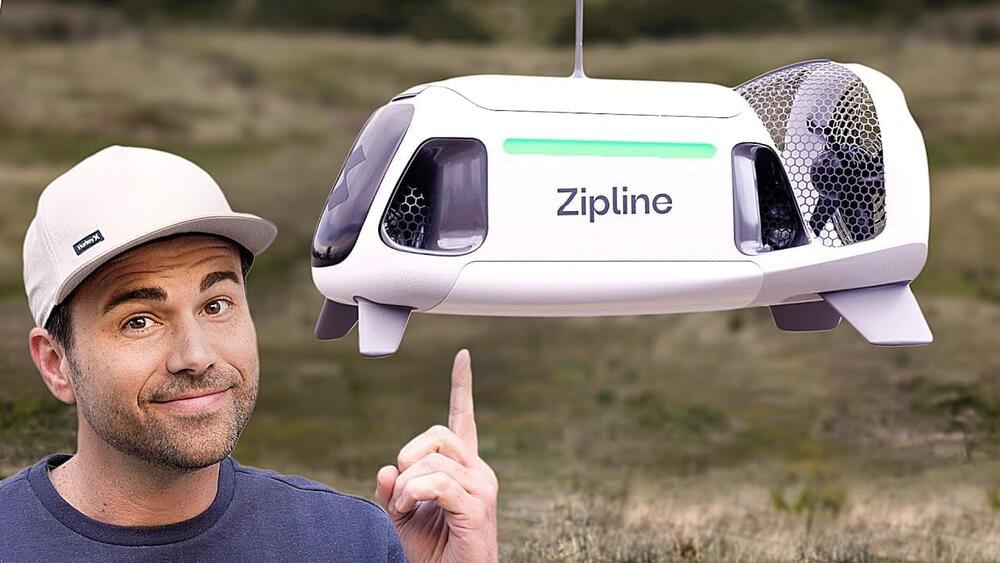Mar 27, 2023
The new Microsoft Teams is here with big performance improvements and UI changes
Posted by Gemechu Taye in categories: business, engineering
Microsoft Teams has been totally overhauled to run faster and have a more simplified interface.
Microsoft is overhauling its Teams app today to make it faster and easier to use. Microsoft Teams has been rebuilt from the ground up, with a new preview available today for businesses to try out this radical rework that has been years in the making.
“The new Teams is faster, simpler, and more flexible than ever before,” says Sumi Singh, CVP of engineering for Microsoft Teams, in an interview with The Verge. “We’ve made tremendous strides in performance and usability. The new Teams is 2x faster while using 50 percent fewer resources.”

